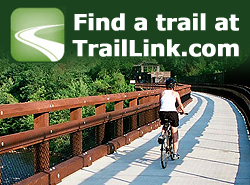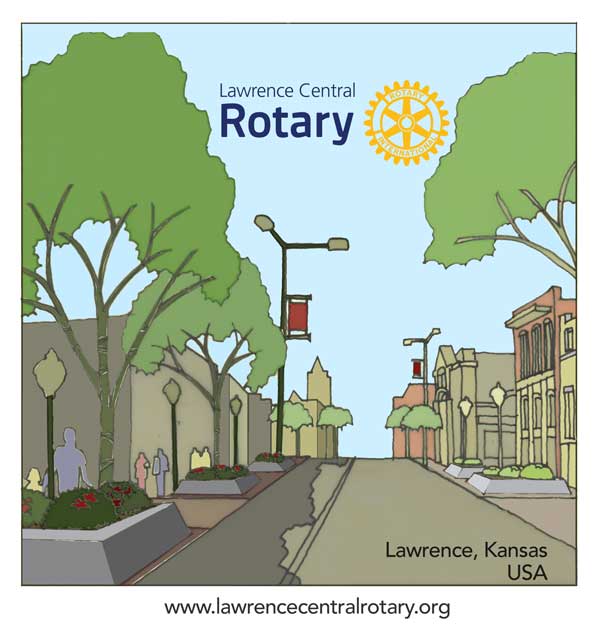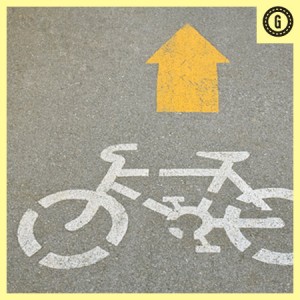 This is a repost from Good.is http://www.good.is/posts/infographic-four-requirements-for-a-bikeable-city
This is a repost from Good.is http://www.good.is/posts/infographic-four-requirements-for-a-bikeable-city
______________________
This month, communities all around the country are hosting Bike To Work and Bike to School days—opportunities for everyone from novices to the most experienced riders to get on a bike instead of using a car to get where they’re going. Single-day biking events, which often include fun elements like energizer stations where people biking can pick up a healthy snack and literature on biking, are great for introducing people to how easy it is to rely on two-wheeled transportation. But what does it take to keep people from abandoning their bikes and returning to cars for their normal commutes?
At ChangeLab Solutions, we believe the answer is policies that help communities become bike friendly. That means policies that make biking safer, more convenient, and more socially acceptable—while also making sure that people have access to a bicycle when they need one. Riding a bicycle has great benefits. It’s healthy, convenient, cheaper than driving a car, fun, and environmentally-friendly.
Once biking becomes the new normal way to travel, it’s amazing how many trips turn out to be the perfect distance for biking rather than driving. Forty-one percent of all trips (whether that’s commuting or running errands) are three miles or less, and two-thirds of those trips currently happen with cars rather than on bikes or on foot. Bike-friendly policies can really make a difference to those statistics.
Just last week, my coworkers and I created a bike “train” in honor of Bike To Work Day—we added bikers along the way as we rode through North Oakland to our downtown office. It was a great, social way to show we support the types of bike-friendly policies we develop. Our infographic provides a few suggestions for policies communities can implement. Are there policies listed that you’d like to see in place near you? We’d love to hear how your community is supporting biking, and where you’d like to see it improve. Share your thoughts in the comments below.
This post is part of the GOOD community’s 50 Building Blocks of Citizenship—weekly steps to being an active, engaged global citizen. This week: Try Biking to Work. Follow along and join the conversation at good.is/citizenship and on Twitter at #goodcitizen.
Original bike lane image via Shutterstock
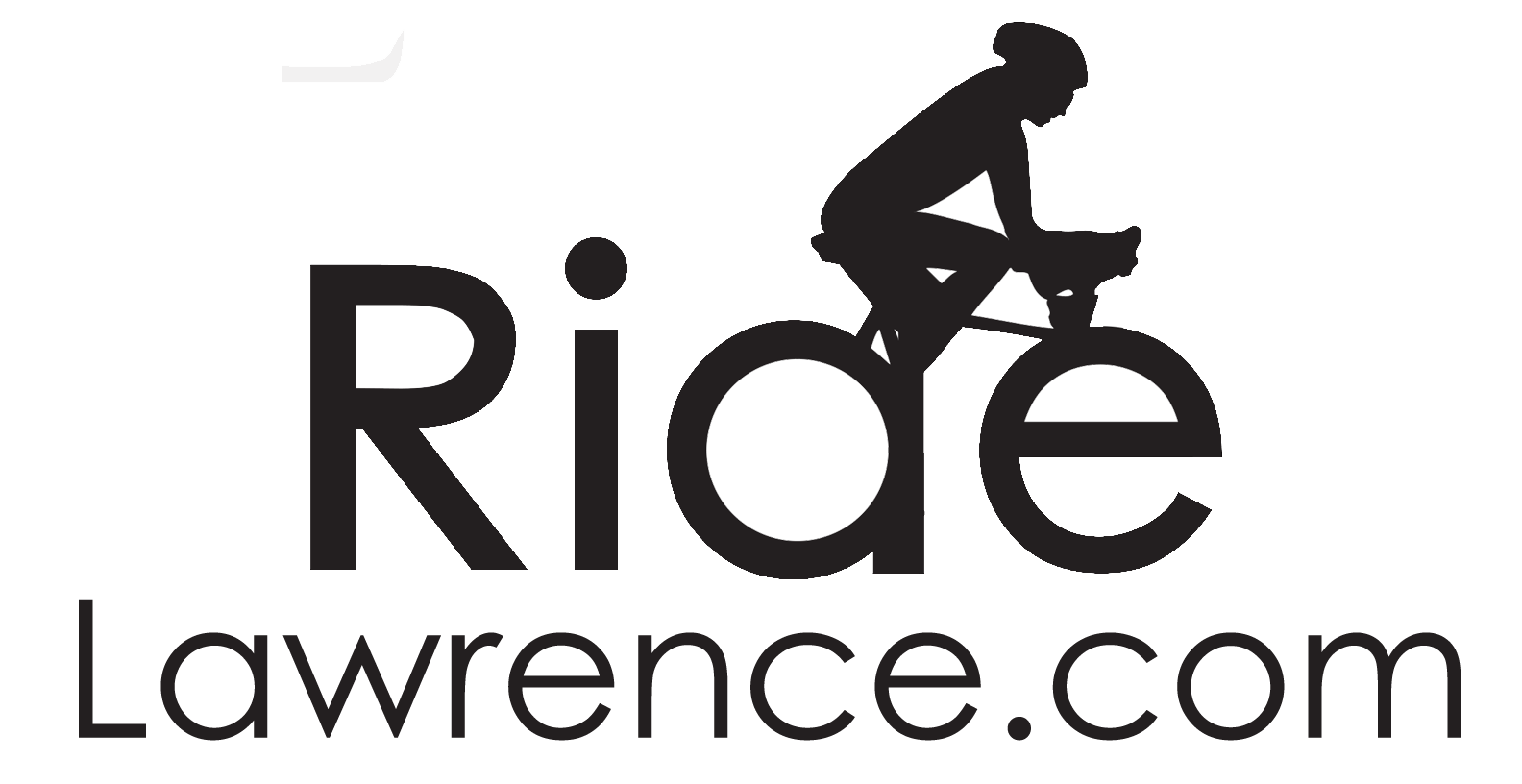
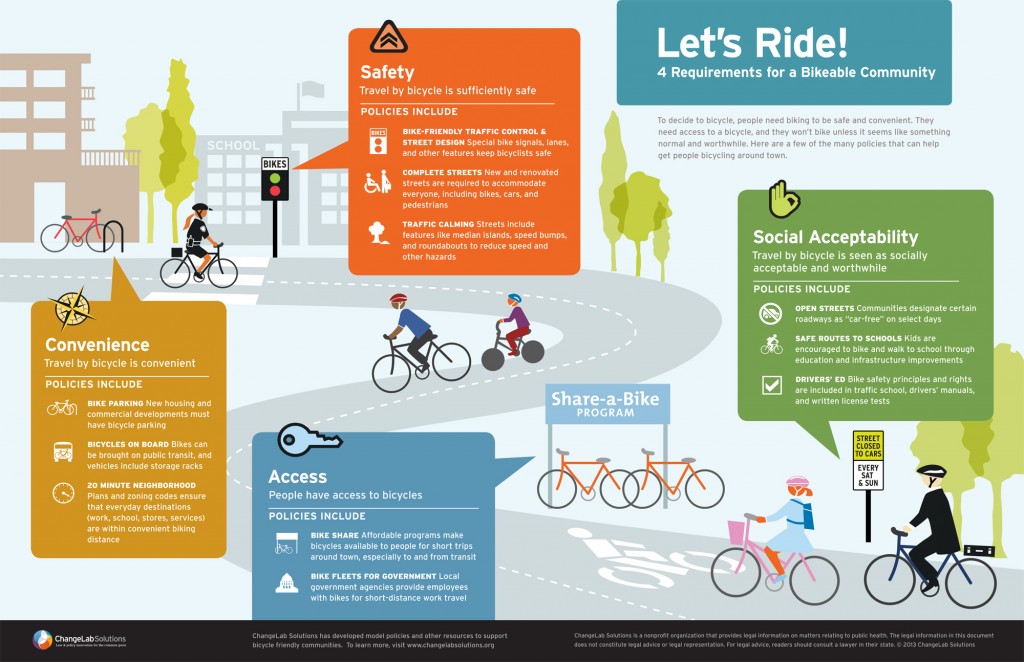





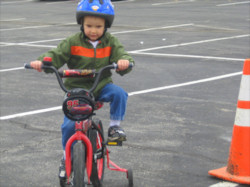
 Spring is here!
Spring is here!